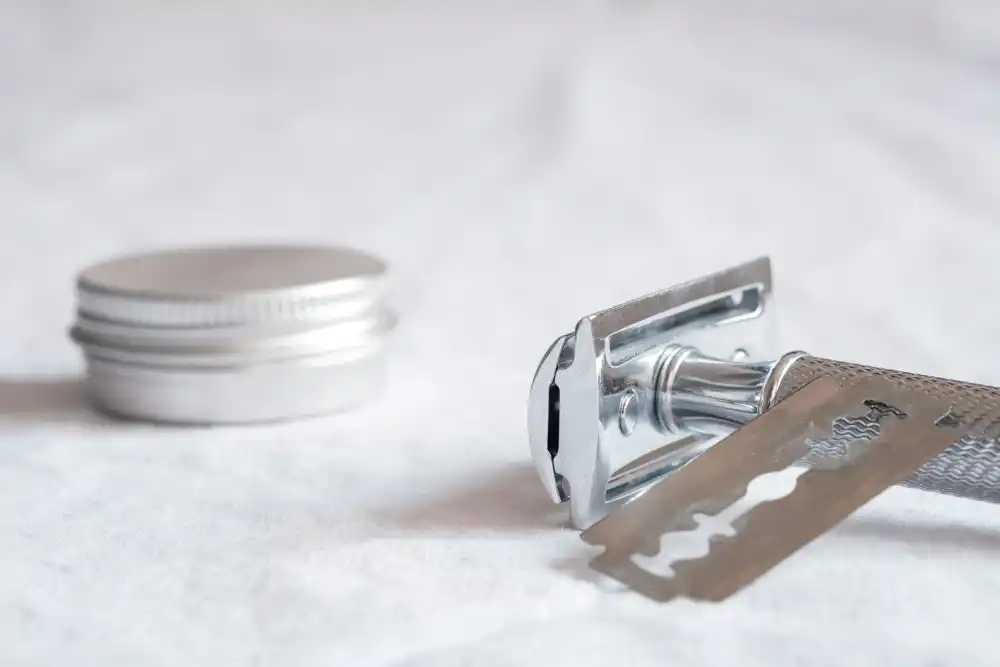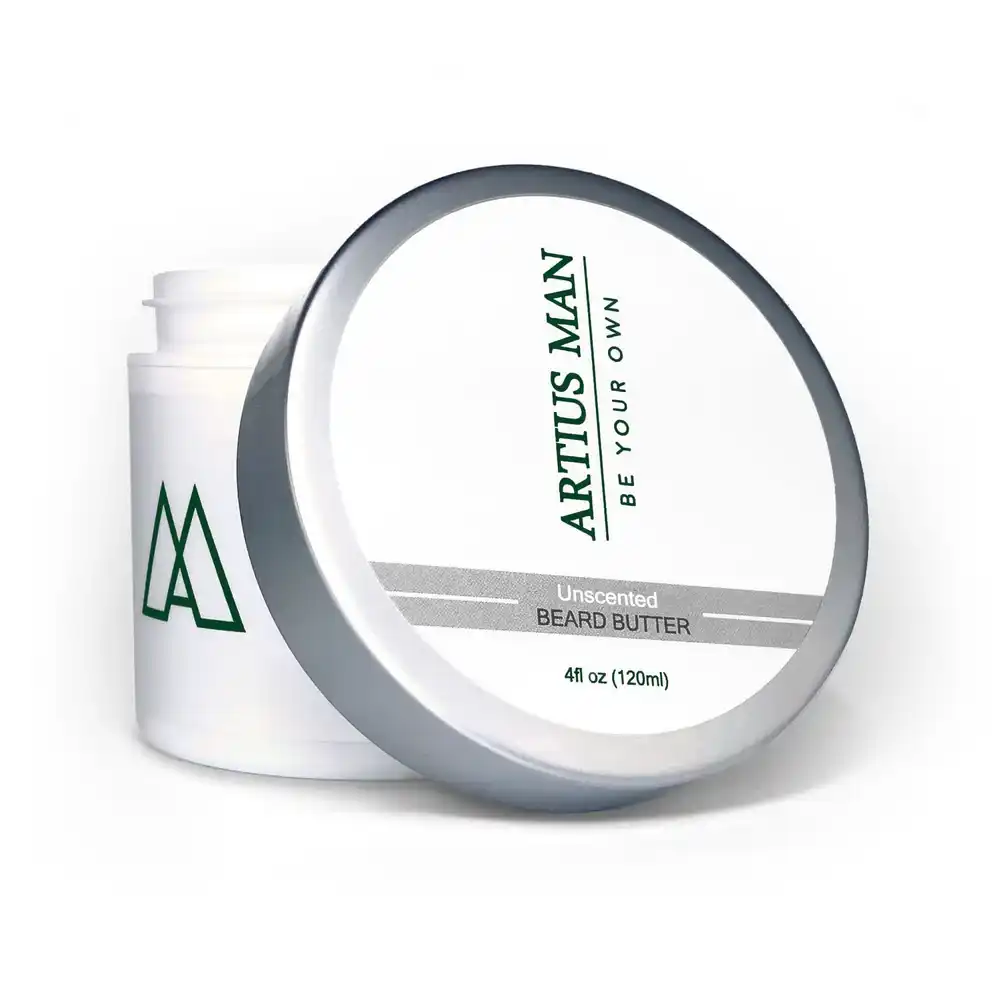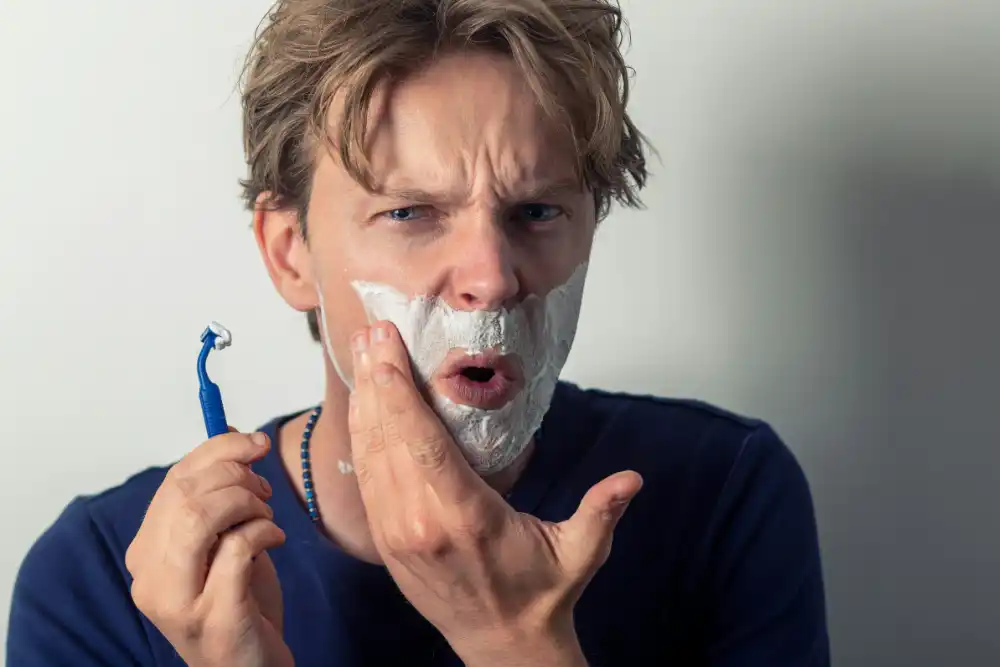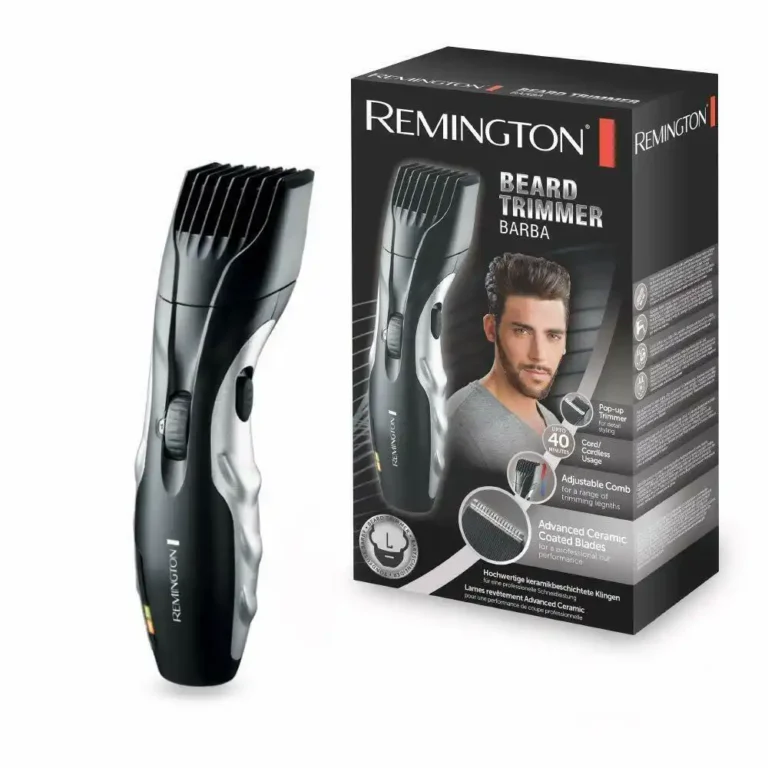This post may contains affiliate links.
Razor burn is a common issue that many people face after shaving. So how to get rid of razor burn is a question that many men want to solve. To get rid of razor burn, applying cold compresses and aloe vera can soothe the irritated skin. Using products like aloe vera and natural home remedies can help reduce inflammation and discomfort.
Proper shaving techniques are key to preventing razor burn. Utilizing an emollient-rich shaving cream and a sharp, clean razor can protect and moisturize the skin, reducing the chance of irritation. It’s important to follow these tips to maintain healthy, comfortable skin.
For persistent cases, over-the-counter treatments and consulting a dermatologist can provide relief. Simple changes in your shaving routine can make a significant difference in preventing and treating razor burn. Find more detailed advice on preventing and treating razor burn through these effective remedies and solutions.
Understanding Razor Burn and Its Causes
Razor burn is a common problem that affects many people who shave. It typically results in discomfort, redness, and sometimes small bumps or a rash.
The Science Behind Razor Burn
Razor burn occurs when the outer layer of the skin is damaged during shaving. This layer is made up of dead skin cells that protect the deeper, living cells. When a razor cuts too close to the skin or scrapes it, the barrier is compromised.
This allows bacteria and irritants to enter, causing inflammation and irritation. The skin may respond with redness, a burning sensation, and even small, red bumps which are known as razor bumps.
Common Causes of Razor Bumps and Irritation
Several factors contribute to razor burn. Dry shaving is a major cause, as it lacks the lubrication needed to protect the skin. Using an old or dull razor can also lead to skin irritation, as it requires more pressure and multiple passes to achieve a close shave.
Shaving against the hair growth direction can increase the likelihood of cuts and ingrown hairs.
Skipping shaving cream or using products that are not suitable for sensitive skin may leave the skin too dry and unprotected.
Poor razor maintenance, such as not cleaning the razor properly or storing it in a damp environment, can lead to rust or build-up, which then irritates the skin.
Differences Between Razor Burn and Folliculitis
Razor burn and folliculitis are often confused, but they are different conditions. Razor burn is primarily caused by shaving and is characterized by redness, rash, and razor bumps. It usually appears immediately after shaving and subsides within a few hours to a couple of days.
Folliculitis, on the other hand, is an infection of the hair follicles. It can be caused by bacteria, fungi, or viruses. The condition presents as small, red, pus-filled bumps and can be itchy or painful.
Unlike razor burn, folliculitis may take longer to heal and could require medical treatment. Proper shaving techniques and hygiene can help prevent both conditions.
Immediate Actions to Soothe Razor Burn
Razor burn can be painful and annoying. Quick relief can often be found using home remedies or over-the-counter treatments.

Home Remedies for Quick Relief
Cold Compress: Applying a cold compress can reduce inflammation and provide immediate relief. Wrap ice in a clean cloth and press it against the affected area for 10-15 minutes.
Aloe Vera Gel: Aloe vera has soothing properties that can calm irritated skin. Apply a thin layer of aloe vera gel to the burn. Look for pure aloe or gels with a high percentage of aloe vera.
Oatmeal Bath: Soaking in an oatmeal bath can reduce itching and irritation. Pour a cup of colloidal oatmeal into warm bathwater and soak for 15-20 minutes.
Apple Cider Vinegar: Apple cider vinegar has anti-inflammatory properties. Mix it with water in a 1:1 ratio and apply it to the burn with a cotton ball.
Moisturizer: Keeping the skin hydrated is key. Use an unscented moisturizer to avoid further irritation. Look for ingredients like ceramides and hyaluronic acid.
Over-the-Counter Treatments
Hydrocortisone Cream: This anti-inflammatory cream can reduce redness and swelling. Apply a thin layer to the affected area, but avoid using it for more than a week continuously.
Anti-inflammatory Gel: Gels containing ingredients like ibuprofen or diclofenac can provide relief. Follow the instructions on the packaging for safe use.
Emollient Cream: Emollient creams help to soften and soothe the skin. They create a barrier that locks in moisture, providing a protective layer over irritated skin.
Razor Burn Cream: These specialized creams often contain a combination of soothing ingredients like allantoin, witch hazel, and salicylic acid. Apply as directed to quickly ease discomfort.
Aftershave Lotion: Some aftershave lotions are designed to prevent razor burn. Choose alcohol-free products to prevent drying out the skin further.
Preventing Razor Burn Through Proper Shaving Techniques
Proper shaving techniques can help prevent razor burn by reducing irritation and protecting the skin. Using the right tools and preparing the skin can make a significant difference. We have written a how to shave guideline for beginners.
Choosing the Right Tools and Products
A sharp razor is essential to preventing razor burn. Dull blades can tug on the skin and cause irritation. It’s advised to replace razor blades regularly. A shaving cream made with emollients can protect and moisturize the skin, creating a smoother shaving experience.
Using a lubricant like shaving gel or cream allows the razor to glide over the skin more easily. This reduces friction and minimizes the risk of cuts. It’s important to select products suited for one’s skin type, whether it is sensitive, oily, or dry.
The Art of the Shave: Steps for Reduced Irritation
Prepping the skin is crucial. Soaking the skin in warm water for a few minutes softens the hair and opens the pores. Apply a generous amount of shaving cream or gel to further protect the skin.
When shaving, using small, light strokes and shaving in the direction of hair growth reduces the chances of razor burn. Avoid going over the same area multiple times. This can lead to irritation and razor bumps.
After shaving, rinse the skin with cold water to close the pores. Pat the skin dry and apply a soothing aftershave or moisturizer to keep the skin hydrated and calm. Store the razor in a cool, dry place to maintain its sharpness and hygiene.
By following these proper shaving techniques, one can significantly reduce the chances of experiencing razor burn.
Addressing Complications and Seeking Medical Advice
Razor burn can sometimes lead to infections or other skin issues if not treated properly. Knowing when to seek help and understanding treatment options can prevent further complications.
When to See a Healthcare Provider
If razor burn symptoms, like redness and irritation, do not improve with home remedies or over-the-counter treatments, it might be time to seek medical advice. Persistent symptoms can indicate an underlying infection or another skin condition.
Increased pain, swelling, or the appearance of pus-filled blisters are signs that need immediate attention. These symptoms might point to a bacterial infection that could require prescription medication. Anyone experiencing these severe symptoms should reach out to a dermatologist or healthcare provider.
Individuals with sensitive skin or conditions like eczema may also need specialized treatment plans. In these cases, a healthcare provider can recommend suitable products or medications that won’t aggravate the skin further. Delaying medical help can lead to more serious skin problems.
Treatment Options for Persistent Symptoms
For razor burns that don’t respond to regular treatments, healthcare providers may prescribe topical or oral antibiotics. These medications help reduce infection and inflammation.
Steroid creams can also reduce severe inflammation and promote healing. It’s important to follow the provider’s instructions carefully to avoid possible side effects. For those with sensitive skin, hypoallergenic and non-comedogenic products may be recommended to prevent irritation.
In some cases, switching shaving methods or tools can also be beneficial. For instance, using an electric razor or alternating shaving with hair removal creams might minimize skin irritation. Ultimately, the right treatment will depend on the individual’s specific symptoms and skin type.
Consulting a healthcare provider ensures that the best and most effective treatments are used to address persistent razor burn symptoms.

Comprehensive Skin Care for Shaving Areas
Effective skin care for shaving areas can prevent razor burn and irritation. It involves moisturizing the skin and using natural oils that boost recovery.
Moisturizing and Protecting Sensitive Skin
Using a high-quality moisturizer is crucial. It helps soothe and protect sensitive skin after shaving. Look for products with aloe vera gel and emollients. These ingredients maintain skin hydration and reduce redness.
Applying shea butter is highly effective as it contains vitamins that nourish the skin. Shea butter also creates a protective barrier.
For best results, use a moisturizer right after shaving and before bed. This ensures the skin stays hydrated and protected throughout the day.
Natural Oils and Emollients for Razor Burn Recovery
Coconut oil is an excellent choice for calming razor burn. It contains anti-inflammatory properties that help reduce redness and irritation.
Olive oil is another great option. It deeply moisturizes and softens the skin, aiding in quick recovery from razor burns.
Consider using shea butter for its soothing properties. It’s rich in vitamins and helps heal damaged skin.
Ensure to apply these oils gently to avoid further irritation. A small amount applied after each shave can significantly improve skin condition.
You can get a lot of those high quality products from Murphy & McNeil´s shaving marketplace.
Frequently Asked Questions on How to Get Rid of Razor Burn
Addressing common concerns about treating and soothing razor burn can help people alleviate discomfort quickly and effectively. Below are answers to specific questions about remedies and treatments for razor burn.
What remedies can treat razor burn overnight?
Applying aloe vera gel or hydrocortisone cream can provide quick relief. Both help reduce inflammation and soothe irritated skin. Ensure the area is clean before applying these remedies for best results.
What are effective methods to alleviate razor burn on the legs?
Using an emollient-rich shaving cream along with a sharp, clean razor can prevent razor burn. After shaving, moisturizing the legs with lotion can help soothe the skin and reduce irritation.
Are there any quick treatments for razor burn on the pubic area?
For quick relief, try oat-based baths or applying coconut oil to the affected area. These methods can calm irritation and provide a cooling effect. Ensure the area is clean and dry before applying any treatments.
How can someone soften razor burn on the face?
Using a warm washcloth to gently press on the area can help open pores and reduce irritation. Following this with an application of witch hazel can also help to alleviate the burn.
What is the duration of razor burn and how can its effects be minimized?
Razor burn typically lasts from a few hours to a few days. Avoiding tight clothing and applying gentle moisturizers like aloe vera can help minimize its effects. Refraining from shaving the affected area can also shorten the duration.
Does vaseline help razor burn??
Vaseline can create a protective barrier over the skin, which may help prevent further irritation. It doesn’t treat the burn directly but can help keep the affected area moisturized and promote healing.



